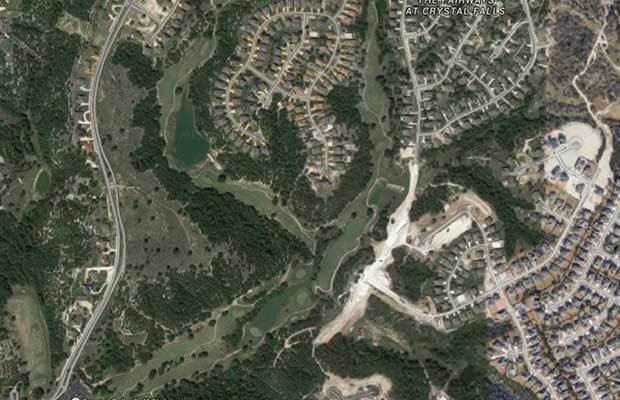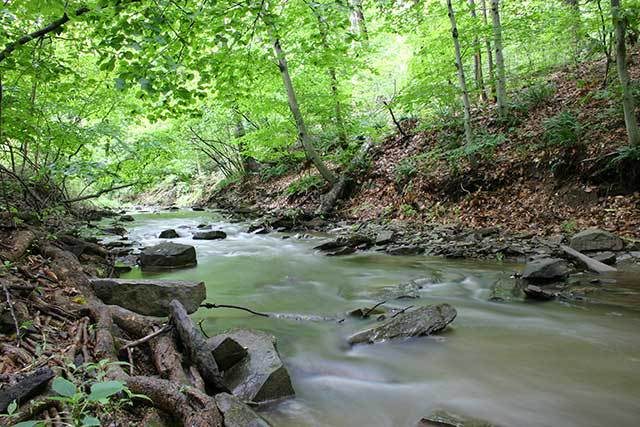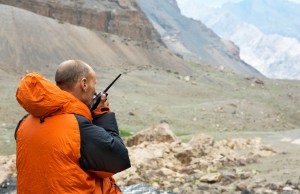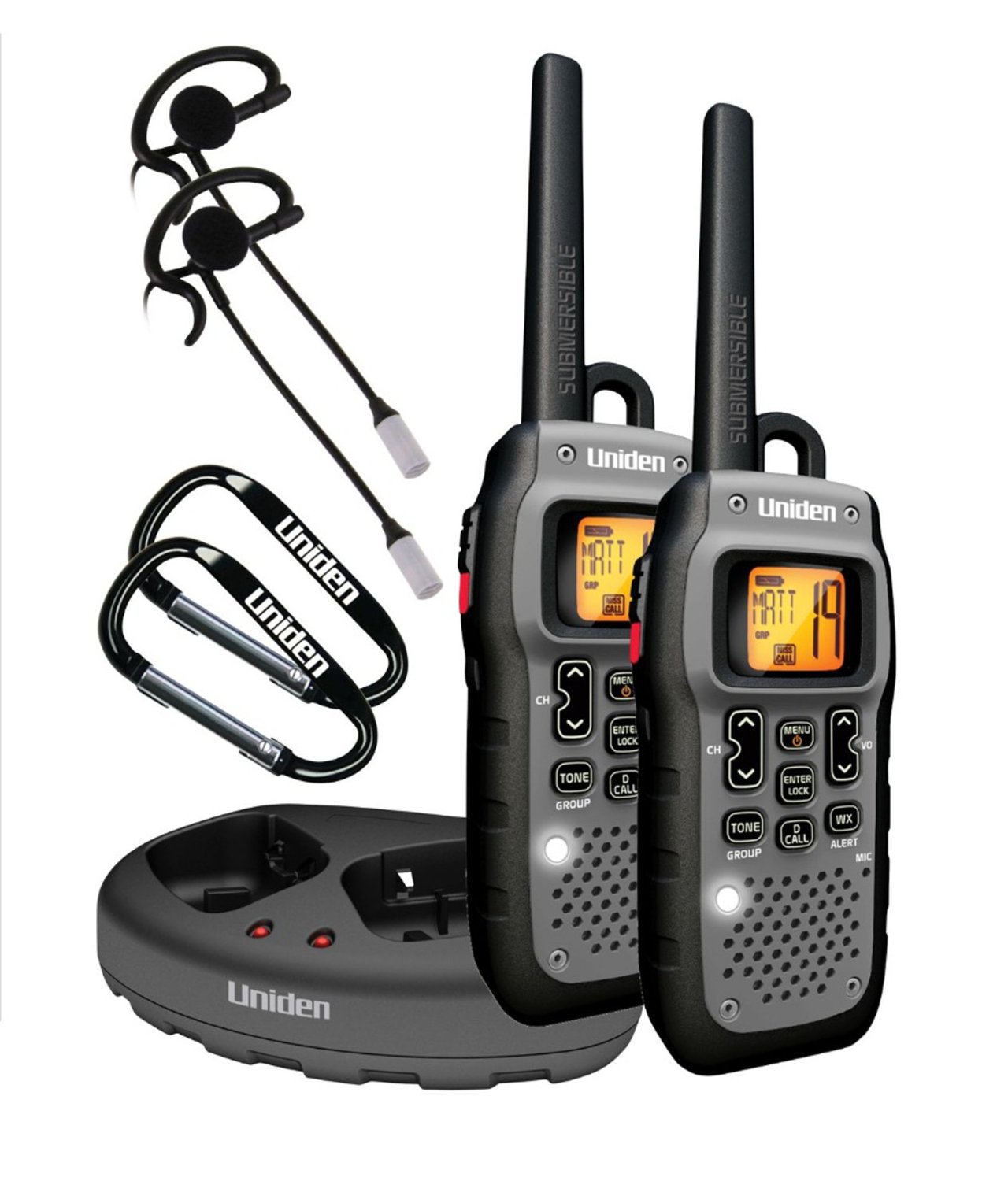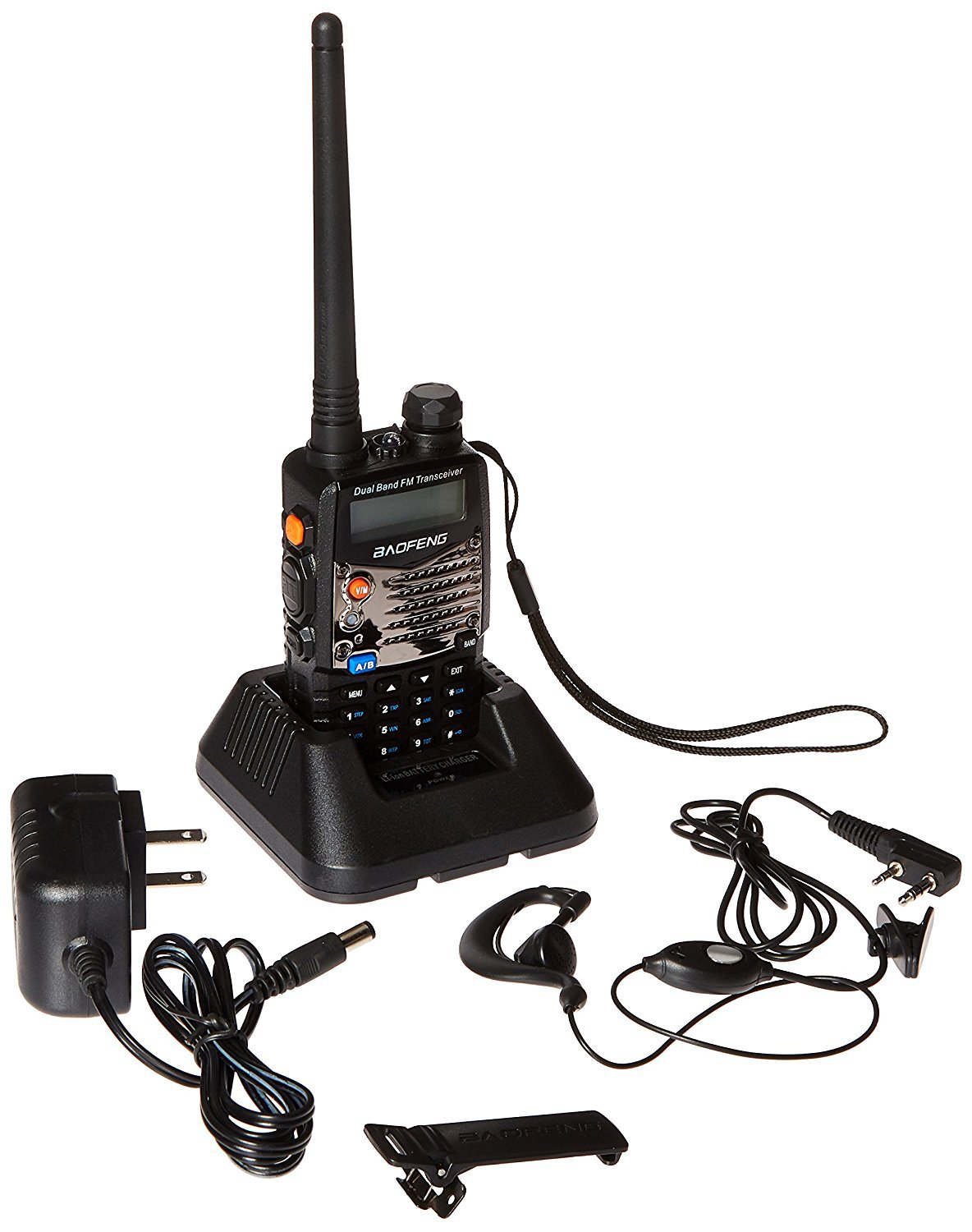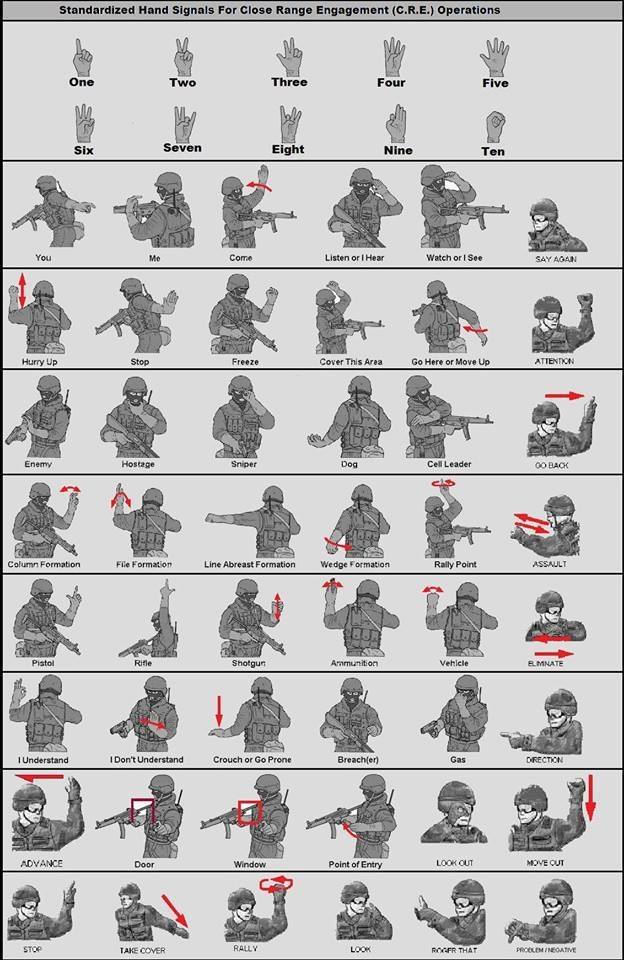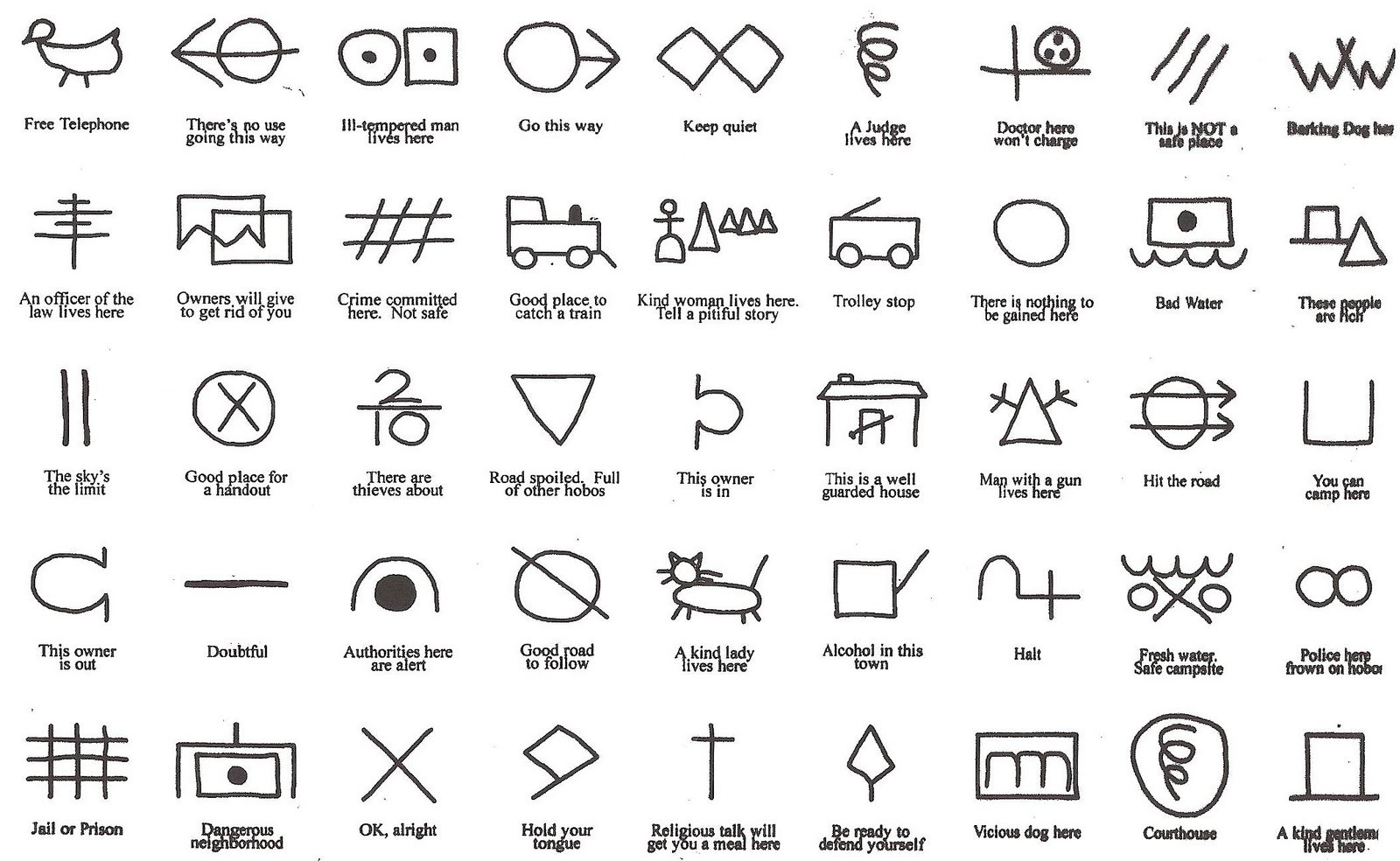Pocket Illumination: Shedding Light on EDC Flashlights
I work in a retail store’s warehouse. As anyone familiar with logistics work knows it’s basically just a big windowless box, and the lights are a long way off the ground, with lots of areas of shadow. One of my jobs is to drive order pickers down the rows and raise the platforms up around 40 feet in the air to gather orders off the shelves. Over the summer, I was all the way up at the top rack with my order picker, when I heard an explosion outside the building and the lights went black. The normally gloomy area was now completely dark; I couldn’t see my hand in front of my face. A lot of people told me afterward that if they’d been in my position they would have panicked. I didn’t, however, because I had something on me that I always carry, no matter what: a flashlight.
What had ended up happening was that lightning had struck a transformer across the field, flash-vaporizing the oil inside and cutting power to our whole building. The sad thing was, we only had a couple of flashlights and over forty people were on duty in the store at the time. Luckily I had two on my person and another three in my van, all of them with extra batteries. My coworkers laughed, but I was able to help locate confused customers and start restoring order.
The point of that anecdote was to provide a case study of a very mundane event—a power loss due to electrical storm—that my prepared mindset enabled me to react to in an efficient and helpful way. I got laughed at, sure, for having so many flashlights, but I had more people come up and thank me for being able to lend a hand.
Flashlights are often overlooked as a part of a prepper’s Every Day Carry, especially for beginners. They’re not sexy, like guns and knives and monkey fists. They’re often considered bulky, awkward to use, and unnecessary. But as my story goes to show—and I have numerous others from various jobs and situations—they are far from unnecessary. In fact, flashlights are one of the most useful pieces of prepper gear you can carry on you at all times. You’re far more likely to whip out your flashlight than your gun or even your knife (and I say this as someone who always carries at least two knives and owns numerous firearms) in day-to-day interactions.
So, with all that by way of introduction, what are some good characteristics of an EDC flashlight that will serve well both pre- and post-event? Let’s look at a quick overview.
Characteristics of a Good Every Day Carry Flashlight:
EDC flashlights have to do a few basic things: They have to be easy to carry, take readily available batteries, be lightweight, streamlined, easy to operate, and provide adequate illumination. Let’s break these categories down a bit.
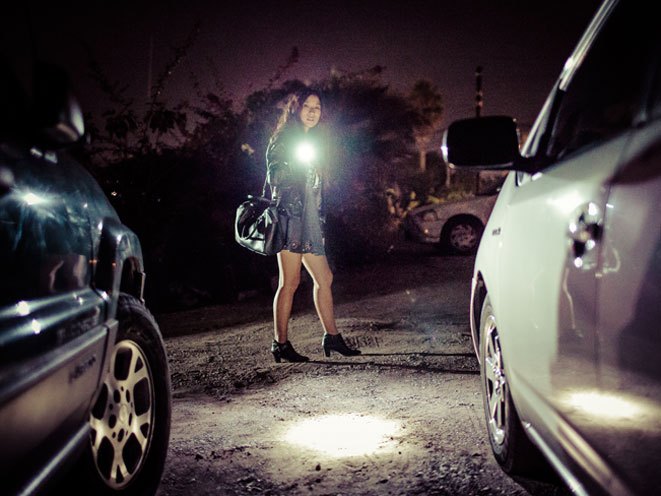
The best flashlight is one you have on you at all times.
An EDC light that’s easy to carry is one that you are going to have no second thoughts about throwing in your pocket or purse. It’s kind of like the “Always Gun” concept for flashlights. For those of you unfamiliar with the Always Gun concept, it means that even if you have a bigger, more powerful gun for specific situations you still need a gun that you will always carry, meaning it’s small, light, and easy enough to use that you won’t leave it home. With a gun this could mean you carry your Ruger Redhawk when walking in bear country, but a Ruger LCR when you’re at work in the city. Applying this to flashlights, this is the difference between a big MagLite 4 D-Cell flashlight that you keep by your bed and don’t take anywhere, and the little MiniMag penlight you keep on your keychain.
Readily available batteries should be self-explanatory but for a surprising number of people it’s not. The current rage in prepper products is for all things Tacti-Cool. These items have the appearance of being for high-speed operators, but are in reality bulky hindrances designed for mall ninjas. Case in point: more and more modern flashlights come with rechargeable batteries. I’m not against rechargeable batteries per se, but I do think they make for a bad EDC choice. Many of these batteries require USB charging cables, meaning they need to charge off of a computer or mobile power pack. This may be fine for a flashlight you keep in a truck or charging on the nightstand, but it’s not convenient to carry when prepping for life’s little (or not so little) emergencies. If you don’t carry any spare batteries on you (which you should, since a single change of batteries for a good EDC light adds negligible pocket mass and weight) or if your batteries have expired or gone bad, having very common batteries allows you to either swap supplied with someone else who is similarly prepared (this is why my sister and I carry flashlights that take the same batteries, since we work together), or allows you to buy them quickly from almost any retail or convenience outlet. It also allows you to help others if their light has gone out. Recently I tried to help a man whose flashlight was on the blink, but couldn’t because his light was highly specialized and only took one specific kind of battery I not only didn’t have but had never heard of.
Goldenguy 5 Pack Mini Cree Q5 LED Flashlight Torch 7w 350lm Adjustable Focus Zoomable Light – Great stocking stuffer.
A side point to keep in mind, where practicable, is to keep as much commonality between the power sources for your EDC flashlight and any lights on your EDC handgun or go-to home defense long gun. This is not a hard and fast rule, and often not applicable, but it will streamline supplies if it is possible. My EDC flashlights and the lights I’ve attached to my Ruger 10/22 and Mossberg 500 20 gauge shotgun (I live in town so need lower-powered firearms for home defense) all take the same batteries, meaning I can supply them all from the same stockpile.
Weight is a major consideration for an EDC flashlight. Most of us can’t go around in military web gear or with assault packs on our backs. We need something that we can easily fit into a pants pocket or a purse, and that isn’t going to slow us up, pull our pants down, or give us a sore shoulder. I have never weighed any of my EDC lights to get an exact measurement, but I know that they all come in at only a few ounces, even with batteries.
Another consideration is a streamlined design. Lots of lights look cool and techno, or tactical, or retro, or whatever floats your boat. But when selecting an EDC light, you have to keep in mind what kind of clothing you’re most likely going to be wearing and what kinds of activities you will most likely be doing while carrying the light. Believe it or not, what kinds of work you’ll be doing actually has a lot to do with what kind of light you select. That’s why I have a modest array of lights I can choose from depending on what I’m going to be doing. If I’m going to be mostly sitting at a desk or riding in a car, then I don’t need to worry much about a light that’s easy to turn on in my pocket because I won’t be moving my leg much. On the other hand, if I’m going to be out in the woods, at work, or on the range, where I’m going to be doing a lot of moving, squatting, or bending, I’ll carry a different type of light that isn’t so easy to turn on by mistake. There’s nothing worse in the world of flashlights than to pull your light out of your pocket and not have it shine because you’ve accidentally worn down the battery. So pick something that will fit within your lifestyle and the kinds of clothing you wear. If you wear cargo pants you’ll be able to get away with one design, skinny jeans or dress pants will require a different approach.
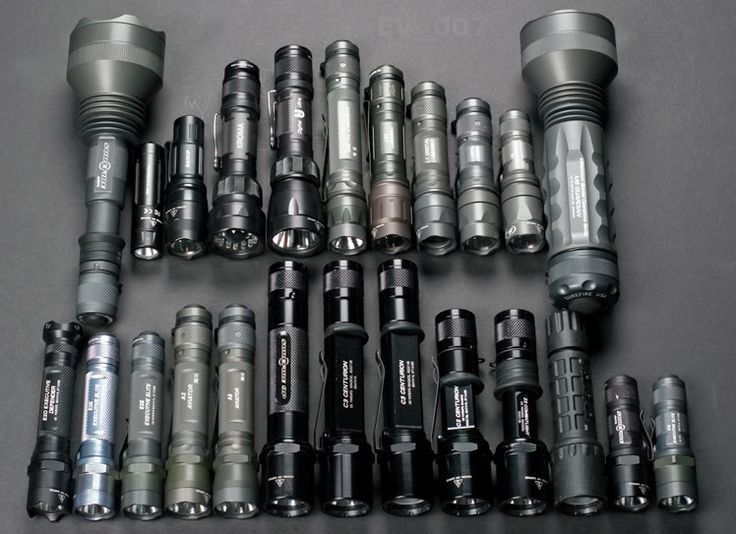
One important feature when thinking about design is the activation method. There are two main activation types on flashlights: Twist and push. Twist-type flashlights require you to twist either the head or the end cap to get it to turn on. I don’t personally like them because they’re almost impossible to use one-handed, but their advantage is that they seldom if ever turn on in your pocket.
Push flashlights can be further subdivided into standard push lights—where the button is up near the head of the light—and tactical, where the button is on the end cap or somewhere near it. Obviously this is a generalization, there are tactical lights with the push button near the head, and non-tactical lights with end cap activator. But for the sake of discussion this broad classification will work. By and large I recommend a tactical-style light with a somewhat recessed end cap button, as this is the hardest to accidentally activate. Standard types are the easiest to burn out through careless pocket activation, but there are some with good stiff buttons that are more resistant to this.
Easy to operate is fairly straightforward: get a light that fits your needs and that you can easily grab and turn on without thinking or looking. Odds are that you’ll be in the dark when you need it, and fumbling for your light’s on/off switch is the last thing you want to be doing, as you’re more likely to drop it than anything else.
One other thing to keep in mind when considering ease of operation is the bulb type. I am a fan of LEDs because they never get hot, do not need to be changed, and will not break so easily if dropped. However, if you have very sensitive eyes and will need to be using the light in close proximity to your face, such as in very tight quarters or inside an engine or mechanical assemblies, you may want to consider a standard incandescent flashlight. While they do not last as long and do not put out nearly as much light, they are gentler on the eyes.
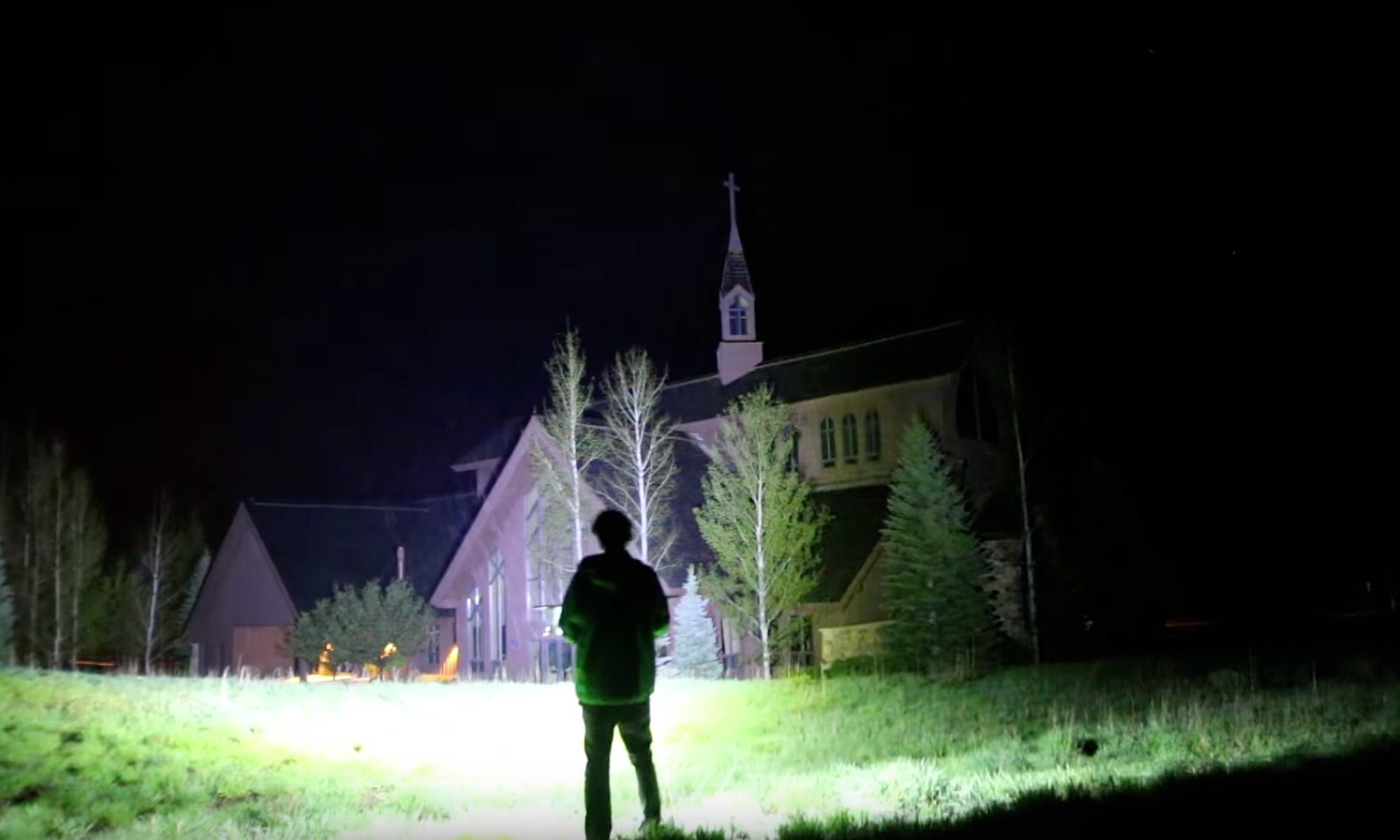
Personally, I like a high-lumen light that provides a very bright beam over a short, wide space.
Lastly, I want to touch on adequate illumination. This is a tricky subject because it’s going to be different for everyone. The illumination a flashlight offers is measured in lumens. Without going into the physics definition of what exactly a lumen is, this unit is used to measure and compare the brightness of a flashlight’s beam. A higher number of lumens will be a brighter beam, and most likely reach farther. However the latter is not assured, as other factors including the lens material of the flashlight, mirrors inside the light head, the condition of the lens, and a few others dictate exactly how far a beam will reach.
Personally, I like a high-lumen light that provides a very bright beam over a short, wide space. This is because I’m usually using the light in cramped quarters or indoors, so I don’t need it to illuminate very far. If I were going to be spending a lot of time in the dark outdoors I’d consider something with a longer beam. Take into consideration how much light your eyes need to function. My sister carries a relatively weak flashlight because she has very strong eyes and can practically see in the dark anyway. I, on the other hand, have very weak eyes and need a lot of light to do anything, so I carry a much brighter light most of the time. Another criteria is the type of beam you want. Depending on what you think you’re going to need the light for, you may want a very tight, long-range beam, a broad, well-defined inspection beam, a diffuse beam from the many smaller lamps of a pocket work light, an adjustable-focus beam, or yet another variety. Choose your light based on your normal environment and the kinds of things you expect could go wrong there. I personally work indoors and tend to be in tighter quarters, so I want a wider, short-range beam to illuminate more of my immediate surroundings and not cast so many shadows.
Earlier I mentioned flashlights getting the cold shoulder in favor of guns and knives and other defensive gadgets. While these tools are more effective in a truly deadly confrontation, I would be negligent if I didn’t address the defensive use of the flashlight before I close. A bright, easy-to-use flashlight ready on your person can be used to shine in a nighttime attacker’s eyes, blinding him and either giving you time to escape or draw a more effective weapon. Just one more reason to carry some form of pocket torch.
A flashlight may seem unnecessary in our modern world of 24/7 ceiling lights and power at the flick of a switch. But even without a major disaster it’s still possible to be left in the dark for minutes, hours, or even days. For the purpose of brevity I didn’t go into all the further points to consider when choosing a flashlight for your home or vehicle, but hopefully this short piece helped provide some items for consideration next time you’re looking over your EDC load.
I work in a retail store’s warehouse. As anyone familiar with logistics work knows it’s basically just a big windowless box, and the lights are a long way off the

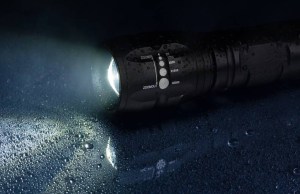
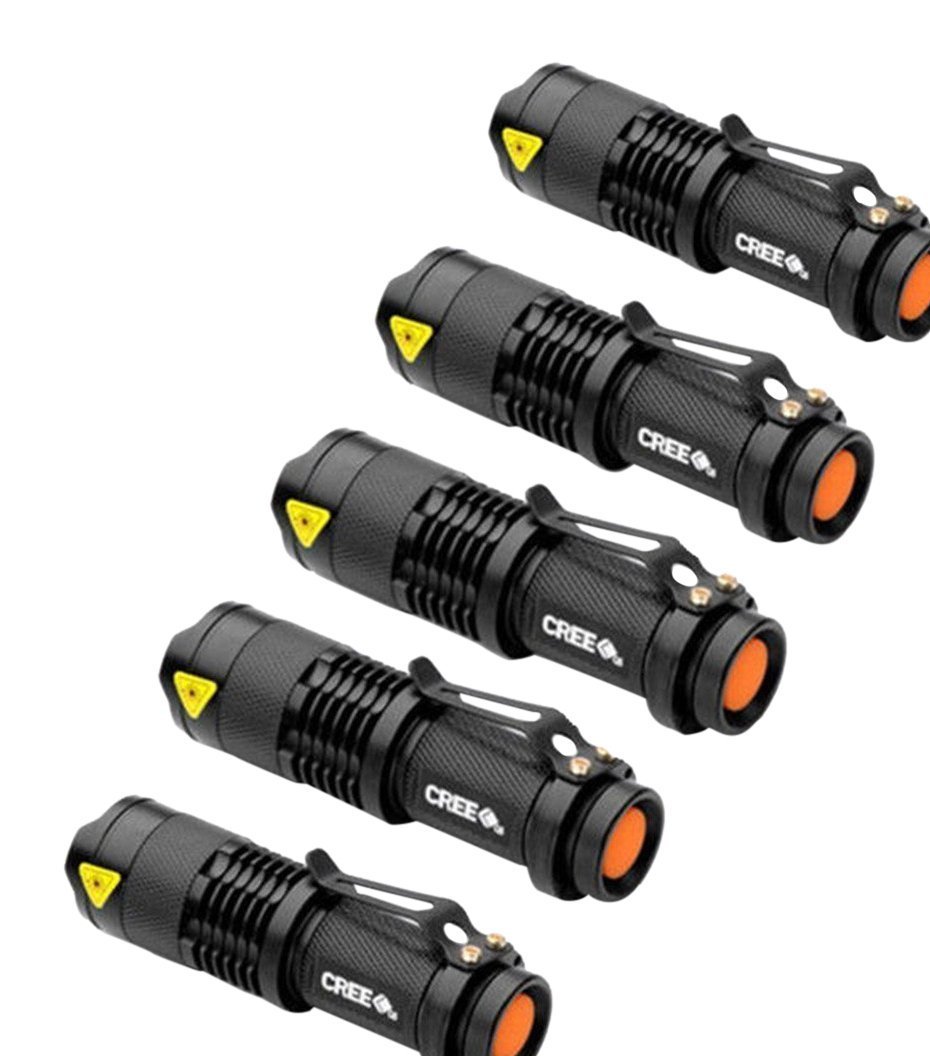
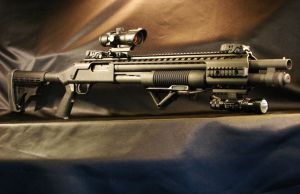
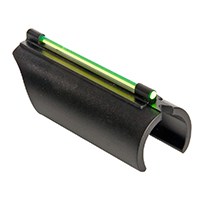
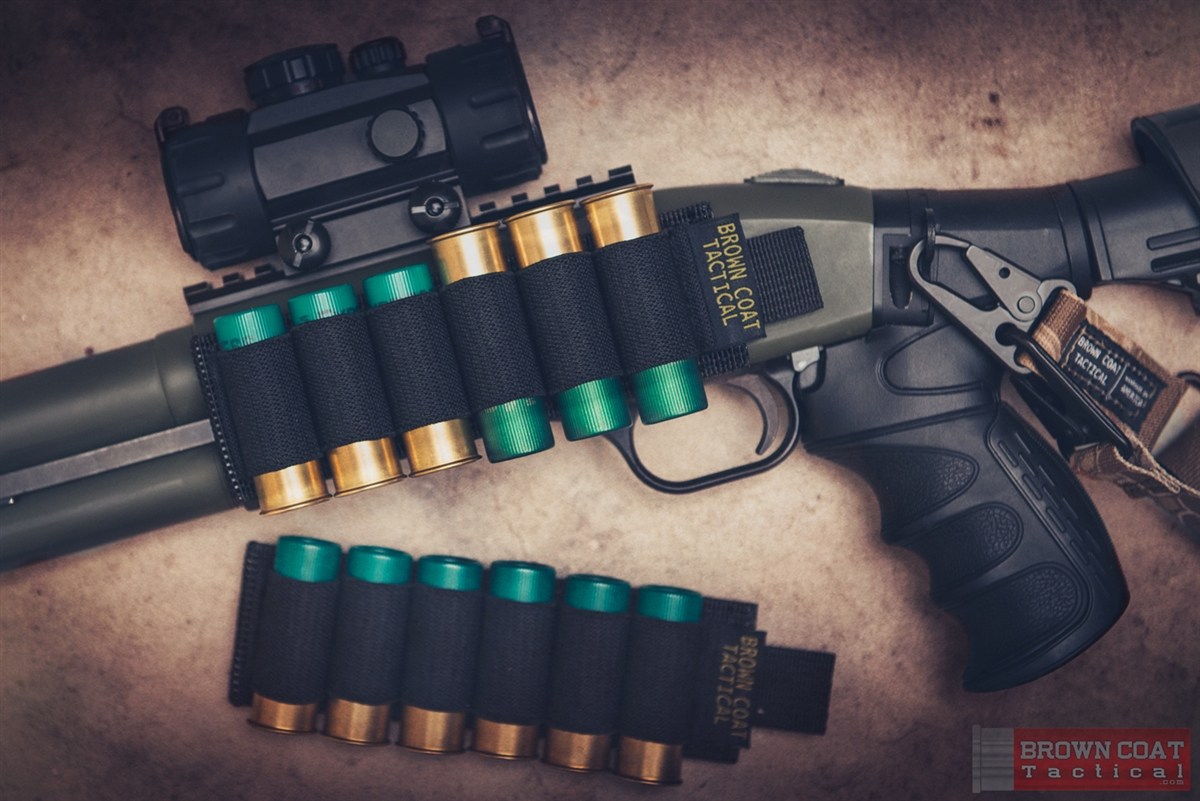
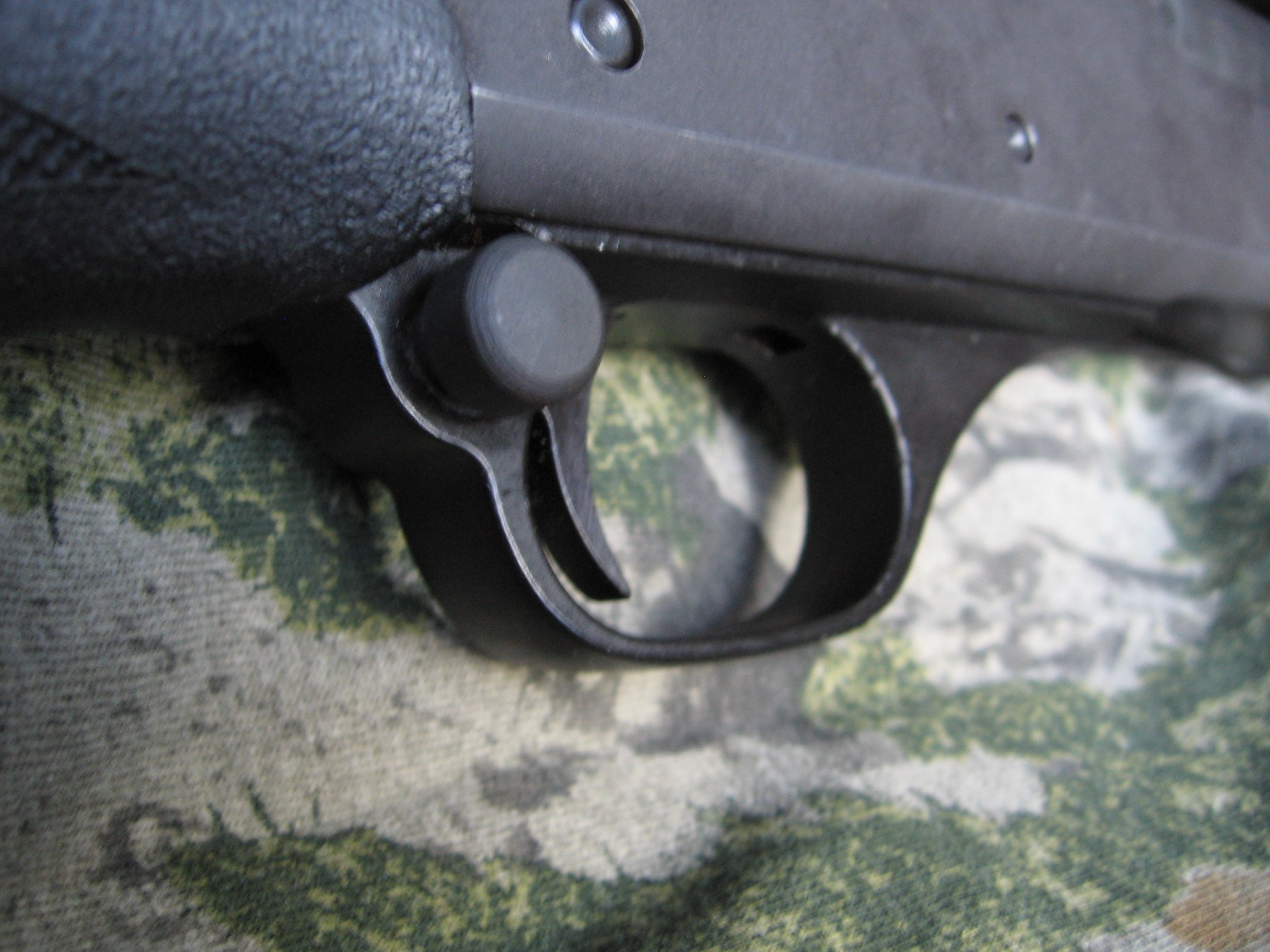
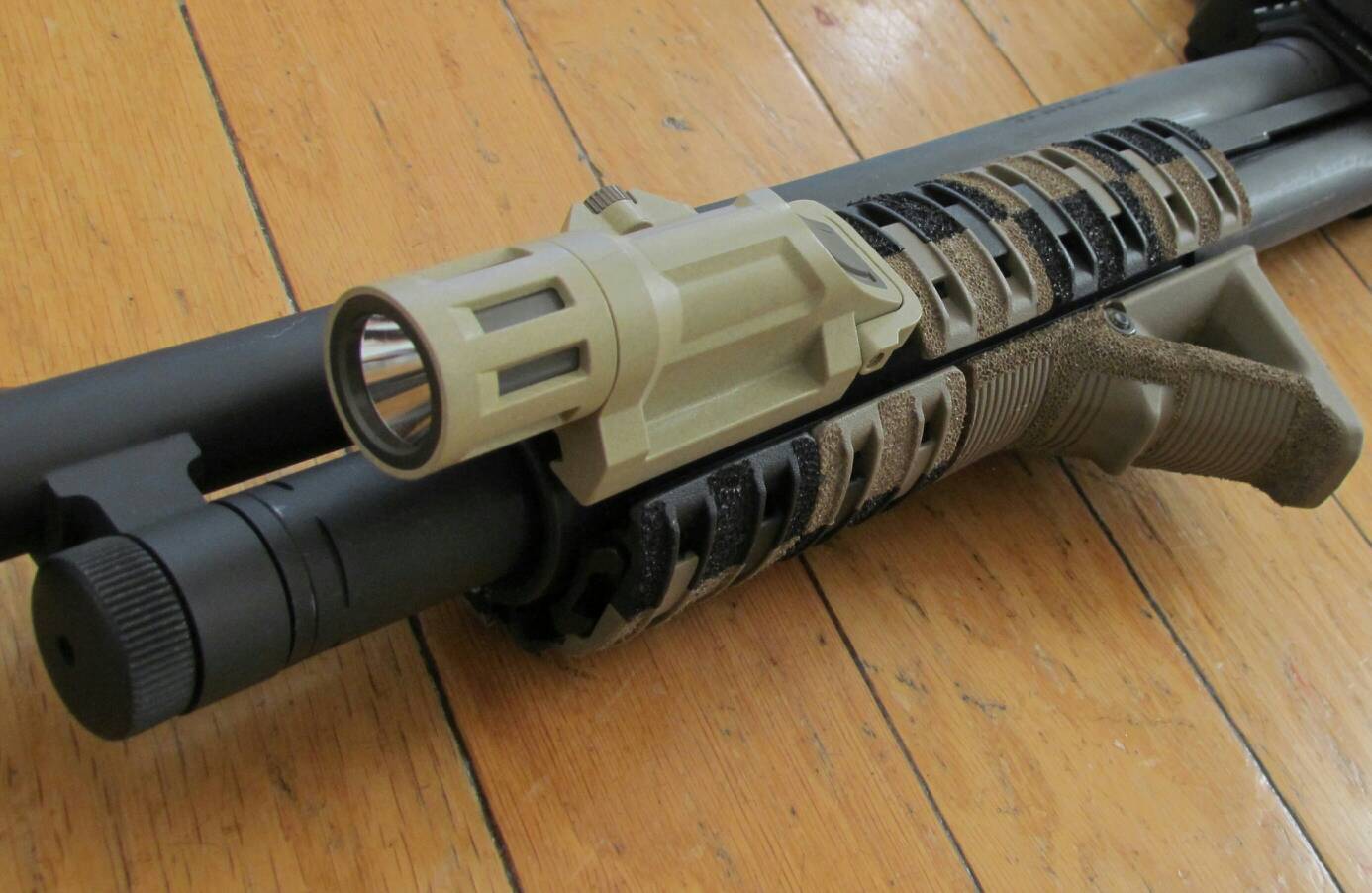
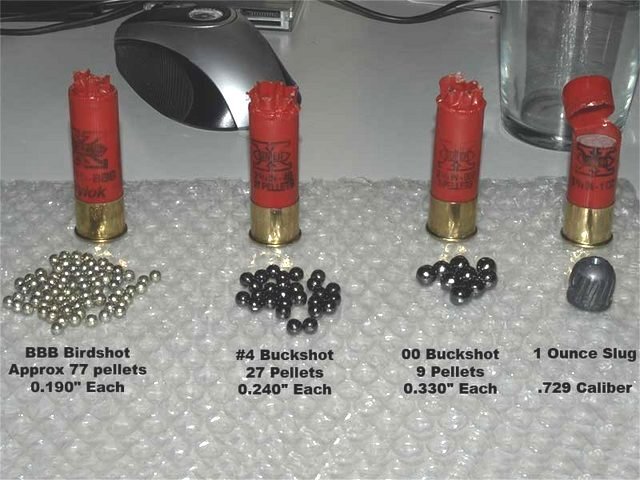

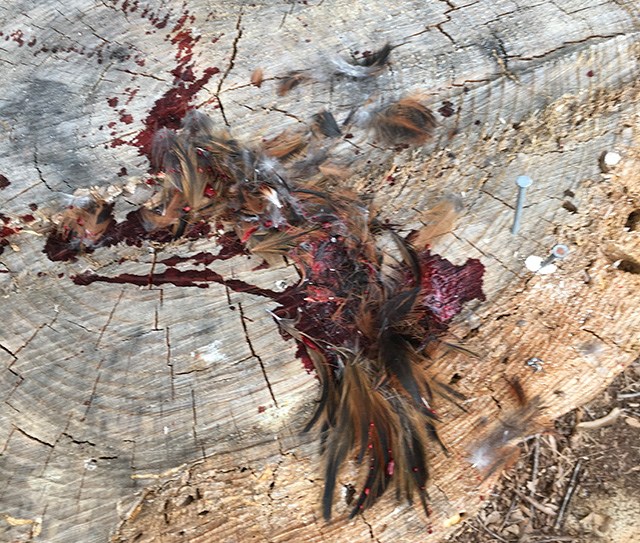
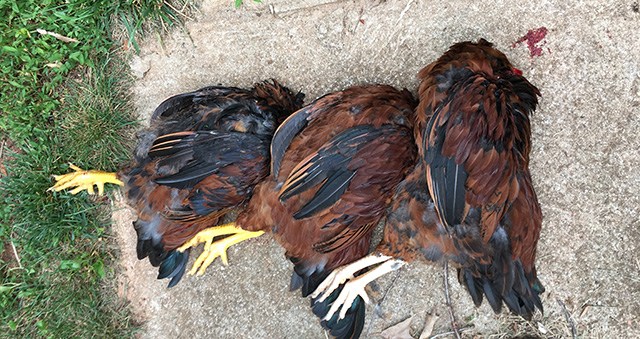
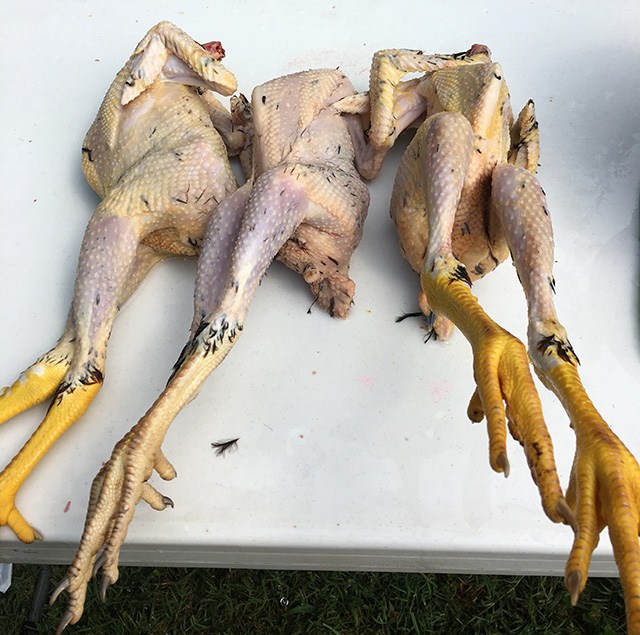

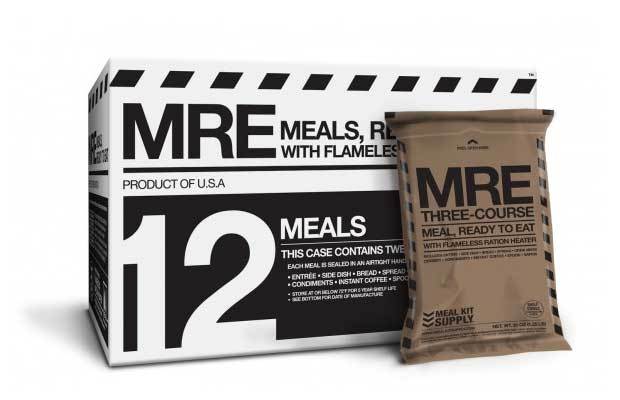 Preparing for the future requires forethought; the more you accomplish before an emergency event, the less you’ll need to accomplish during or after one. Stockpiling alone, however, can only carry you so far. You must be able to find renewable food sources. Once the SHTF, it will be too late to harvest Ramen at Walmart. Even if you could get your hands on that last brick of tasty noodles, fighting a gang of thugs for looting privileges is not sound tactical advice. If the gangs control your local Walmart, what then? Wouldn’t you rather be able to safely feed you’re your family from home than having to wander the means streets of some post-apocalyptic city scavenging for a nice clean dumpster? So, let’s assume you’ve already taken care of your short-term physical needs. You’ve got plenty of Evian and
Preparing for the future requires forethought; the more you accomplish before an emergency event, the less you’ll need to accomplish during or after one. Stockpiling alone, however, can only carry you so far. You must be able to find renewable food sources. Once the SHTF, it will be too late to harvest Ramen at Walmart. Even if you could get your hands on that last brick of tasty noodles, fighting a gang of thugs for looting privileges is not sound tactical advice. If the gangs control your local Walmart, what then? Wouldn’t you rather be able to safely feed you’re your family from home than having to wander the means streets of some post-apocalyptic city scavenging for a nice clean dumpster? So, let’s assume you’ve already taken care of your short-term physical needs. You’ve got plenty of Evian and 
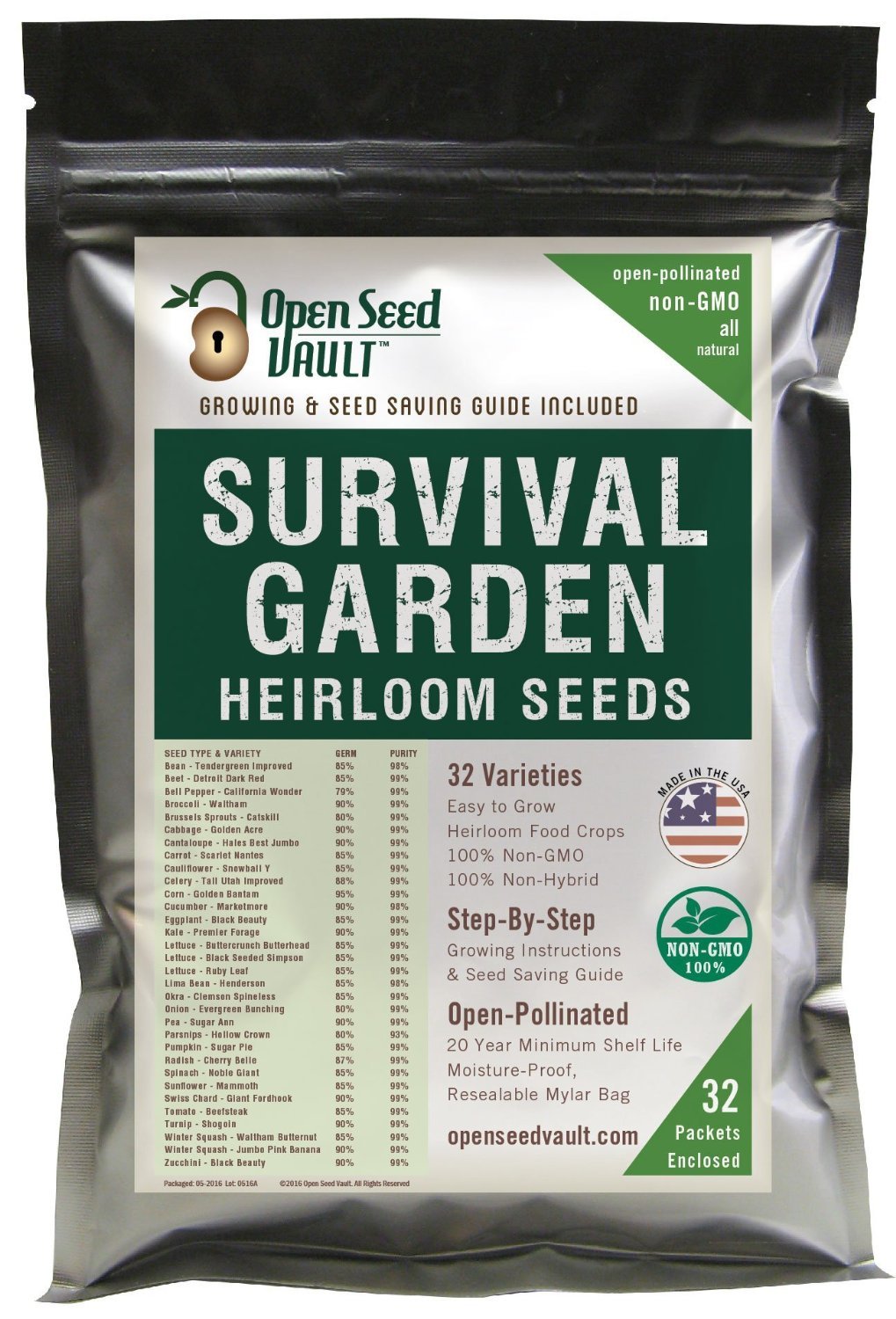


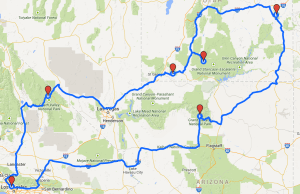
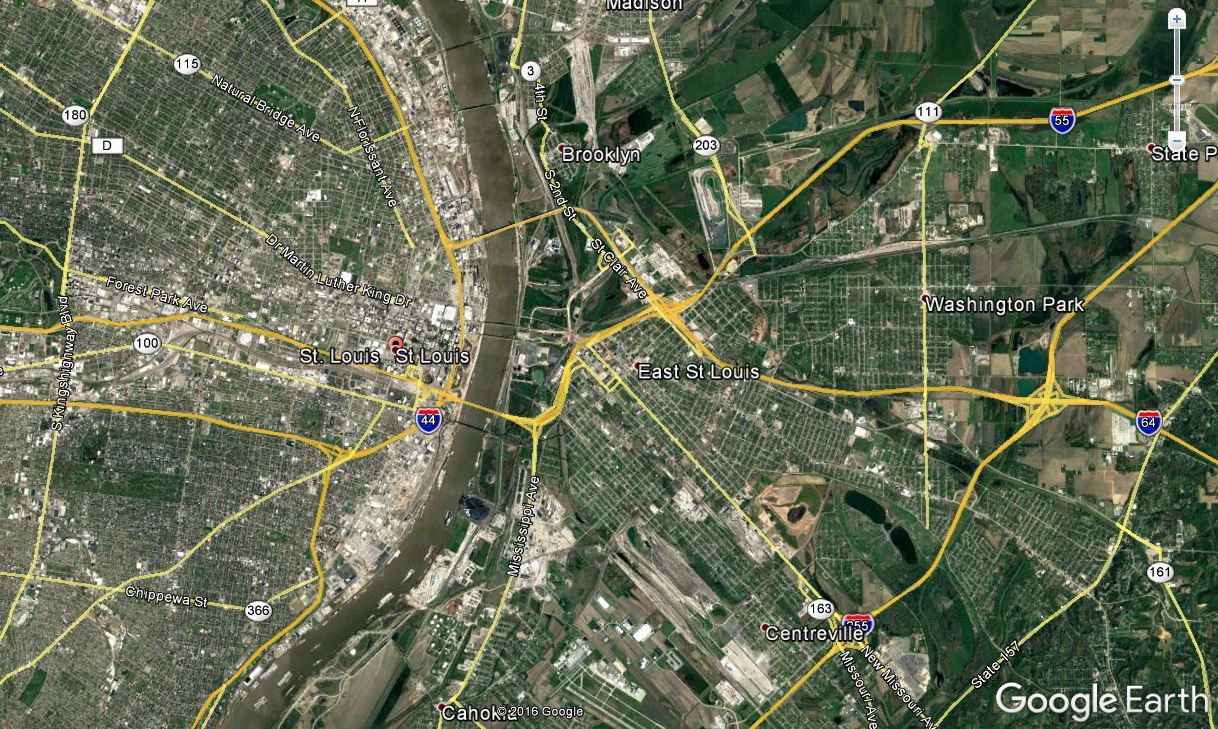
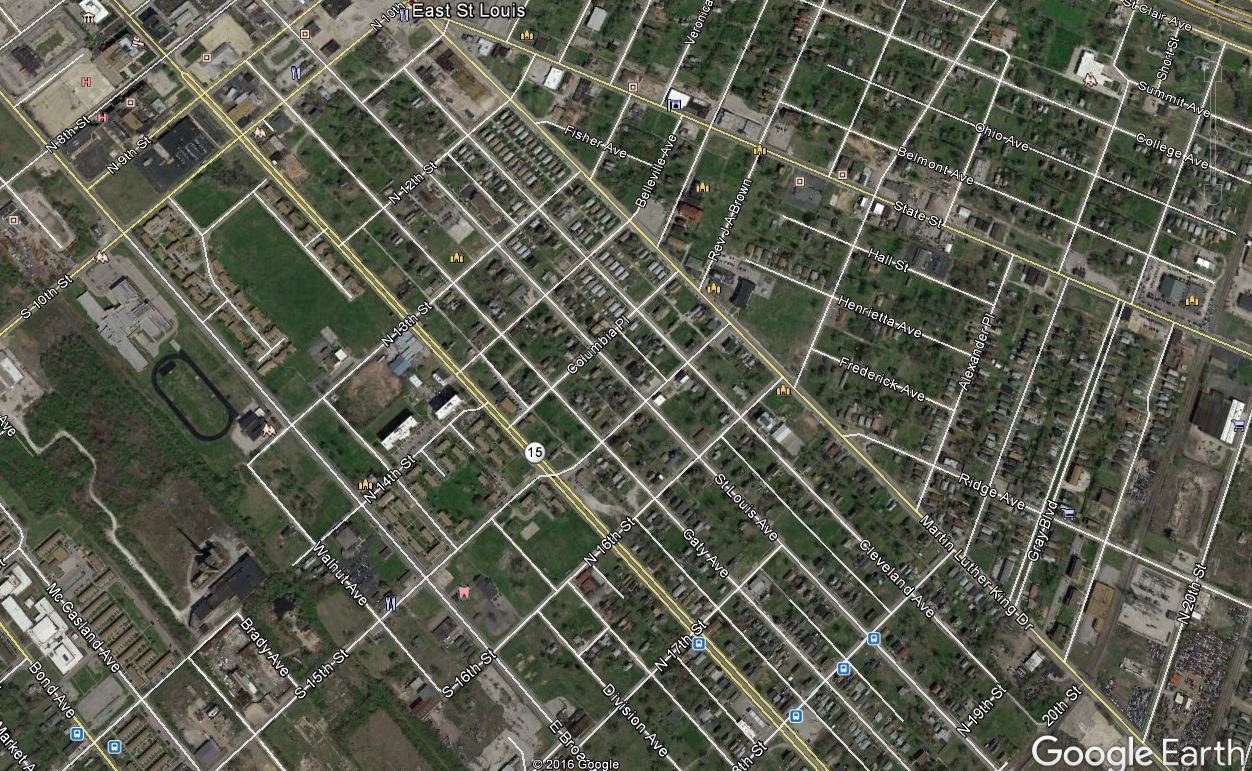
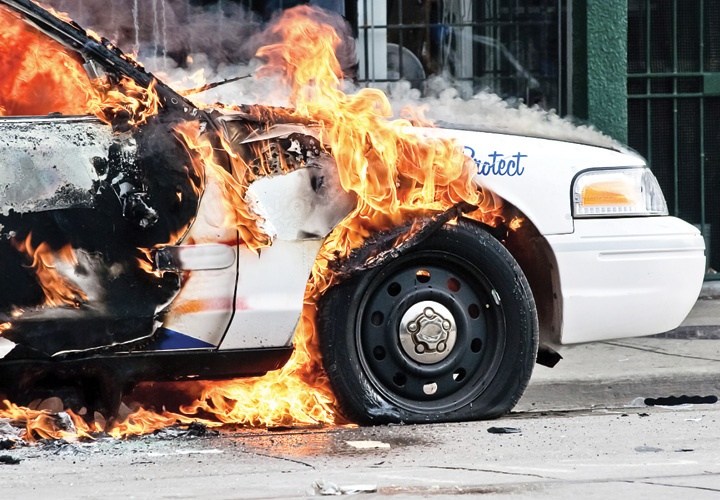
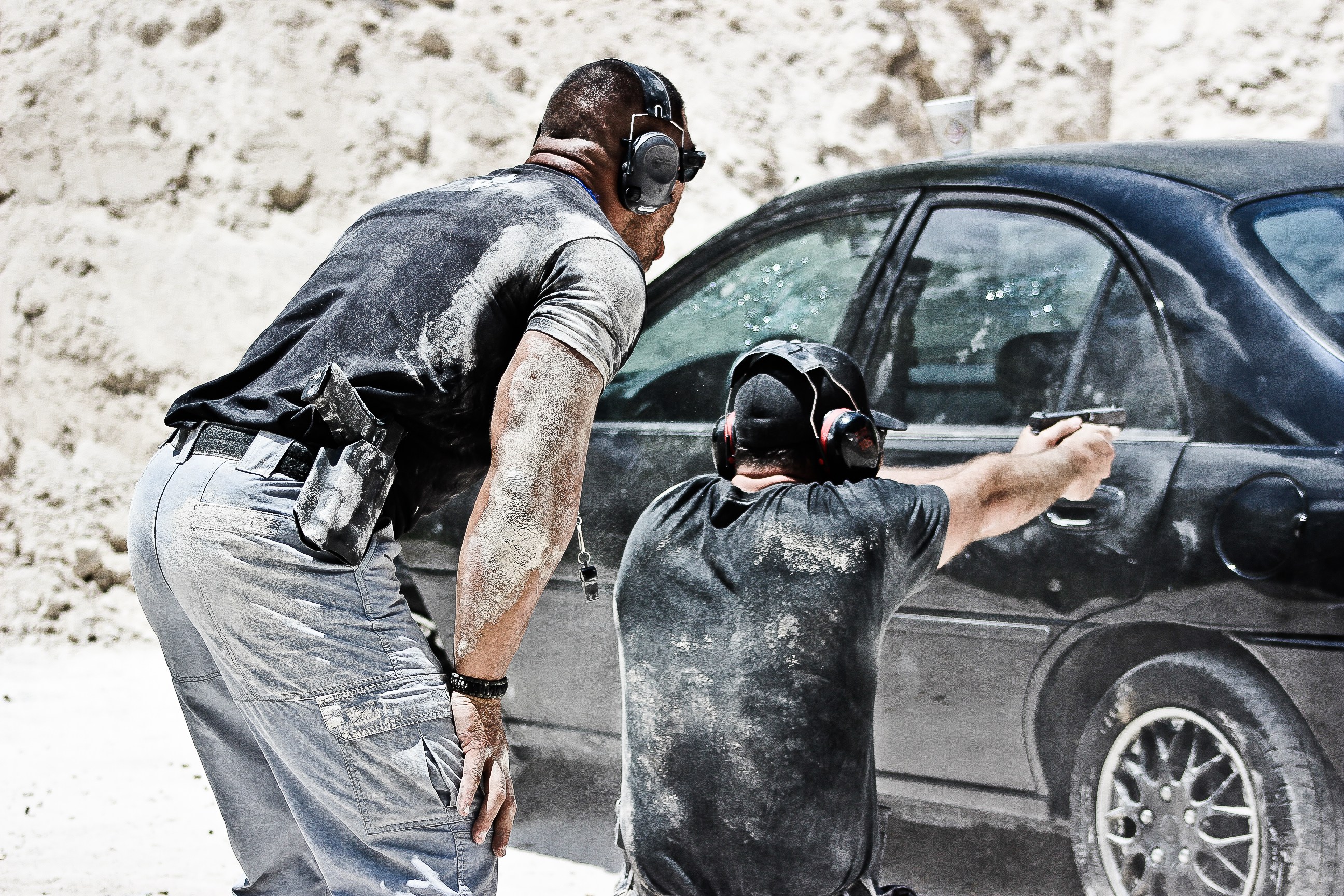
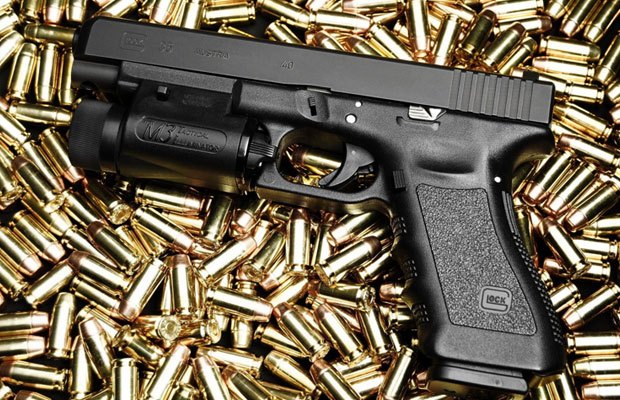


 Will the real Survival Experts please stand up
Will the real Survival Experts please stand up
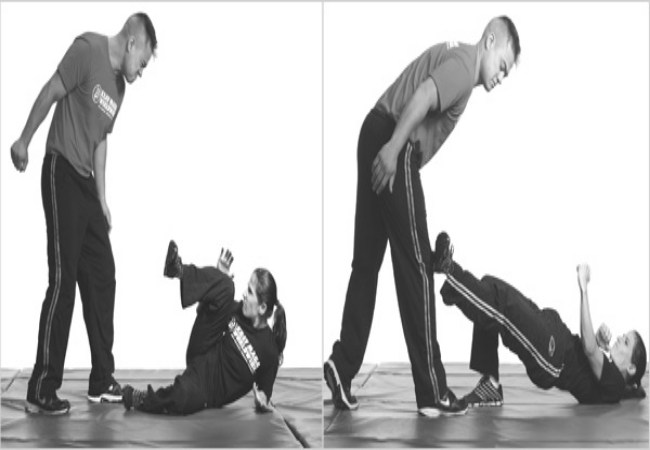
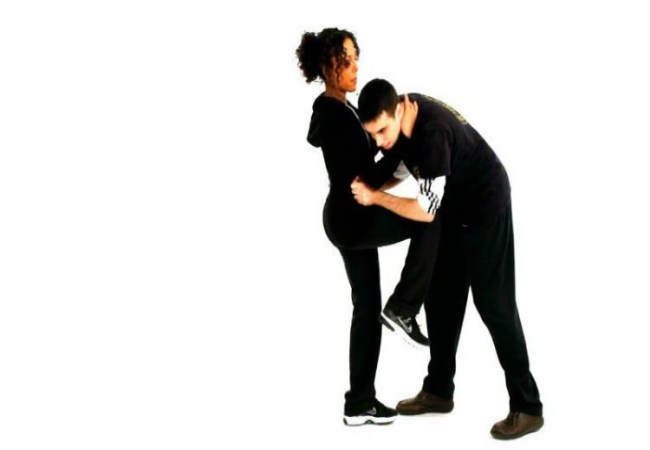
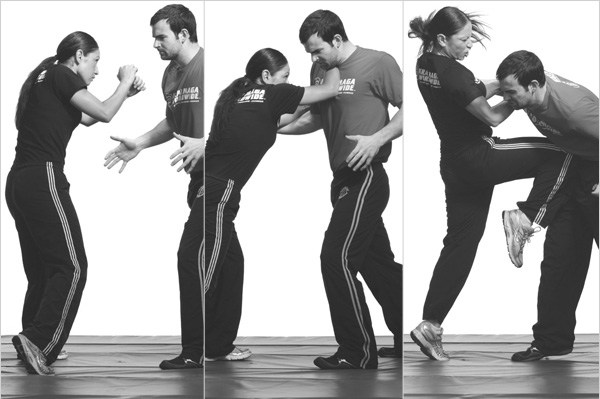
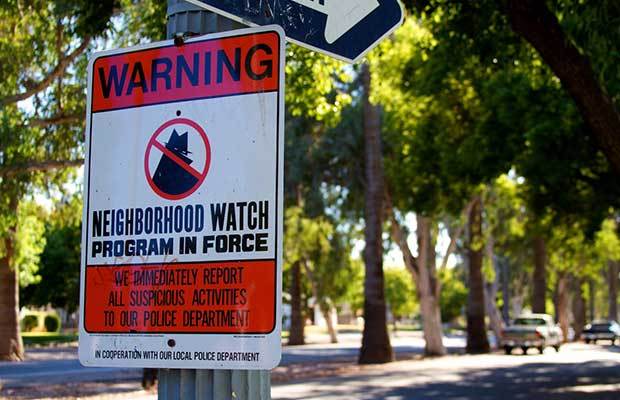

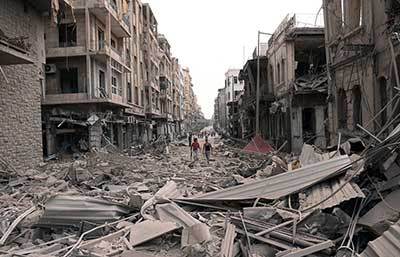 If my hypothetical TEOTWAWKI event is a global economic collapse that thrusts the entire world into something worse than the great depression, I would have an Extrinsic Motivation to avoid going broke, to find a job, to provide for my family. By the same token, I would feel personally rewarded if I was able to survive during a depression while still taking care of my family. Whether the motivating force is external or internal I still am motivated to some action.
If my hypothetical TEOTWAWKI event is a global economic collapse that thrusts the entire world into something worse than the great depression, I would have an Extrinsic Motivation to avoid going broke, to find a job, to provide for my family. By the same token, I would feel personally rewarded if I was able to survive during a depression while still taking care of my family. Whether the motivating force is external or internal I still am motivated to some action.